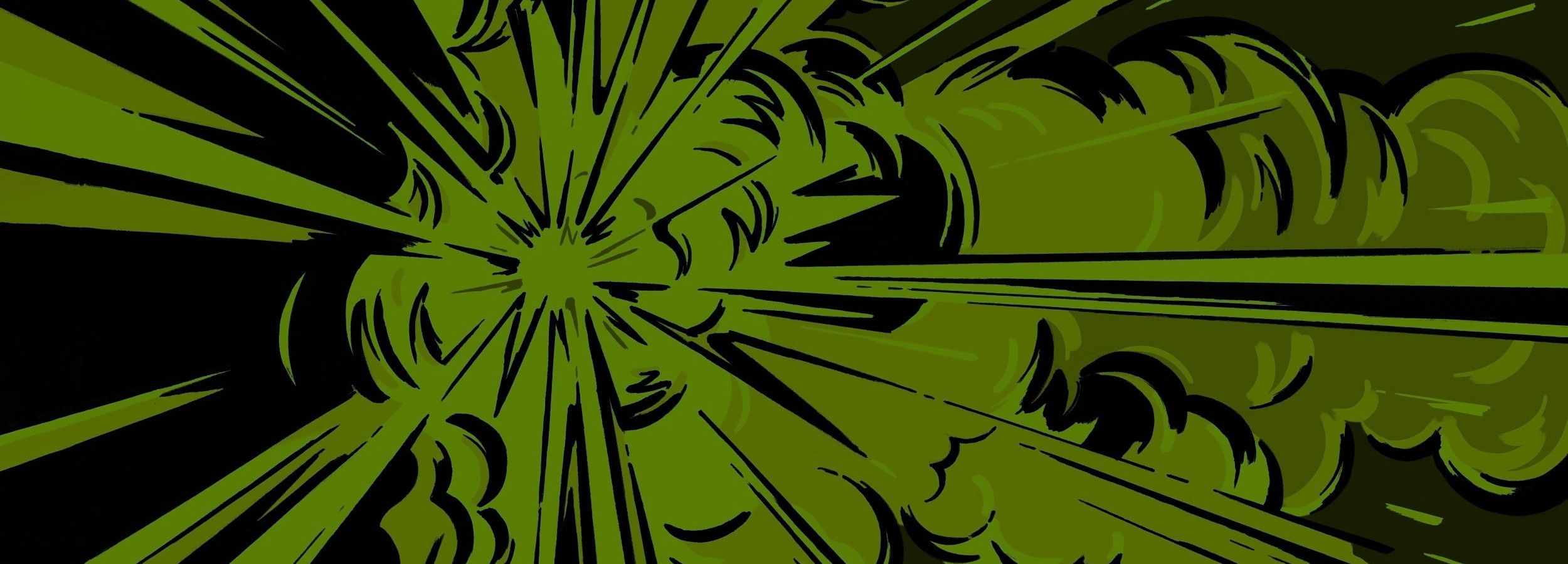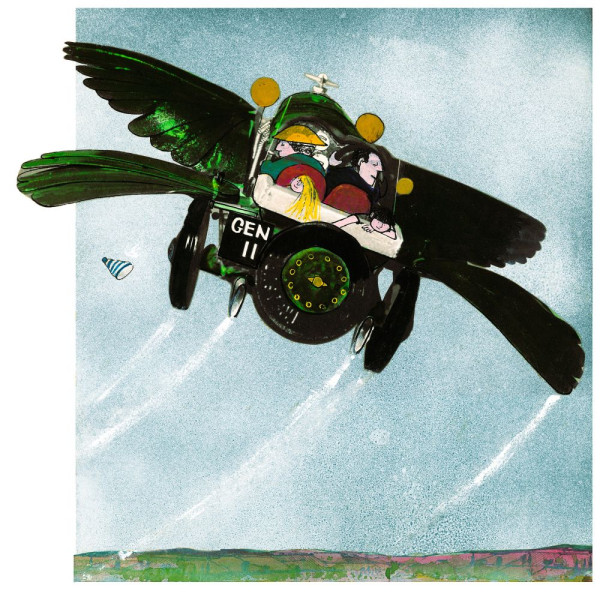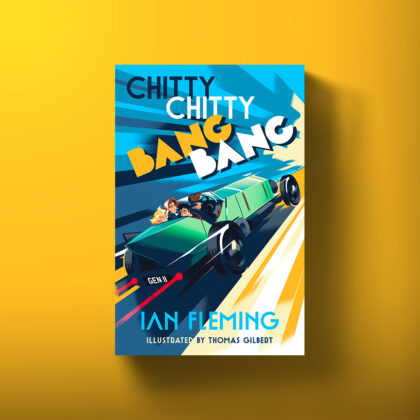BECOME A FLEMING INSIDER > JOIN HERE


Whilst convalescing after his 1961 heart attack, Fleming is confined to bed, told to rest and not permitted a typewriter. Bored of the recuperation, he is given a copy of Beatrix Potter’s The Tale of Squirrel Nutkin by a friend who encourages him to write something based on the fantastical bedtime stories he has concocted for his son Caspar over the years. Fleming asks for a pen and begins to write a story about a flying car with magical powers.
According to Caspar’s half-sister Fionn, Ian ‘was a devoted father to Caspar, who he would jokingly call 003-and-a-half. And, of course, he wrote Chitty Chitty Bang Bang for him. [Caspar] was an enchanting boy, an exceptional person, very clever.’

Ian quickly commits a series of tales to paper under the working title The Magical Car, informing his friend and publisher Michael Howard of Jonathan Cape, in typically playful style, ‘I can assure you that I will be firing on all cylinders again before long. I am writing a children’s book, so you will see that there is never a moment, even on the edge of the tomb, when I am not slaving for you.’
At the end of April 1961 Fleming advises Howard that his children’s story is nearly finished, and on 27th June he takes Caspar to see the latest Walt Disney film The Absent-Minded Professor. He is horrified to find it features a flying motor car, built by a crackpot inventor in his own backyard and is shown circling a church spire. Fleming, whose own tale featured Chitty Chitty Bang Bang, built by eccentric inventor Caractacus Pott, soaring over the spire of Canterbury Cathedral, was rightly frustrated, commenting to Howard, ‘This really is the limit. Would you ask one of your intelligence spies to have a look at this film and suggest what amendments we ought to make?’
After making changes to the church-roof section, the story, now titled Chitty Chitty Bang Bang, is prepared for publication. Fleming is known to borrow names from real people for his characters. Does inspiration come from Eton schoolmaster, the Reverend George Jameson Chitty, whose sons are known as Chitty Major and Chitty Minor at school?
Originally written as three standalone tales, the first Chitty adventure is published in October 1964, just two months after Fleming’s death on Caspar’s 12th birthday. It is Ian Fleming’s only book for children.


